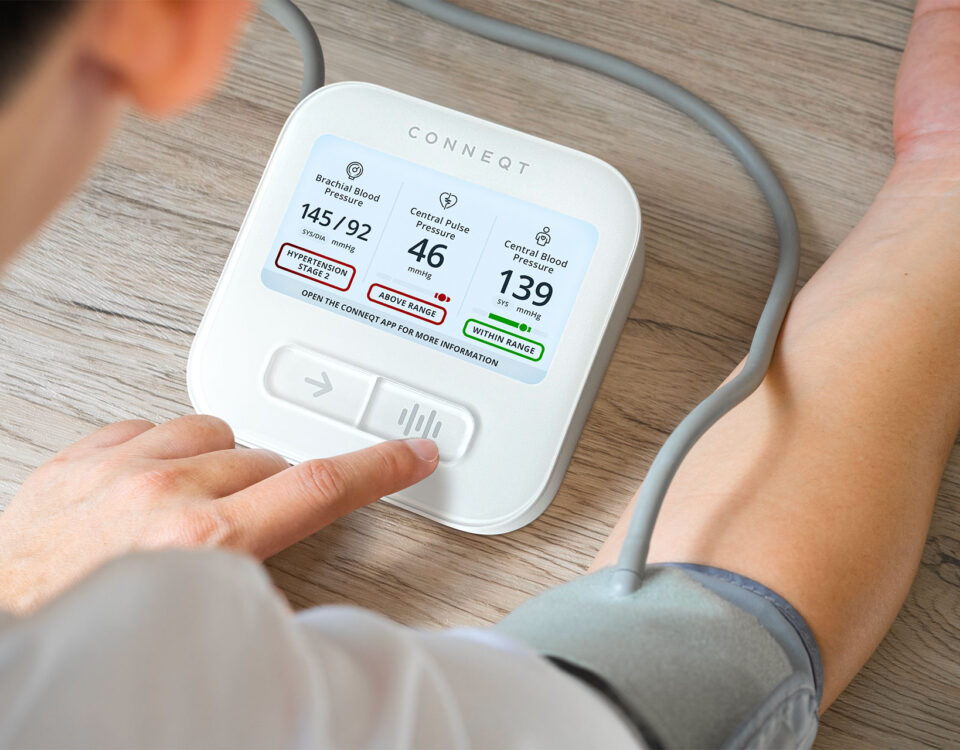Subendocardial viability ratio (SEVR), also known as Buckberg Index, measures the health of the subendocardium—the innermost layer of the heart muscle—relative to the outer layers.
You calculate it by taking the ratio of the blood pressure in the aorta at the beginning of diastole (the resting phase of the heartbeat) to the blood pressure in the coronary arteries during the same phase.
Understanding SEVR
A higher SEVR indicates better oxygenation and blood supply to the subendocardium, while a lower SEVR suggests inadequate blood supply and oxygenation. Therefore, experts generally consider a higher SEVR better than a lower SEVR, as it indicates better blood flow and oxygenation, which is important for the overall health and function of the heart. The greater the blood supply is, the easier it is for your heart to meet the increased demands for higher amounts of oxygenated blood when you exercise.
If the heart receives insufficient blood flow, the rest of your body will suffer, and your ability to exercise will diminish. A low SEVR may indicate the presence of coronary artery disease, which can lead to reduced blood flow to the heart and an increased risk of heart attack and other complications.
Measuring the Ratio
This index of myocardial supply and demand can be measured non-invasively by CONNEQT Pulse using pulse wave analysis. The normal range for SEVR may vary depending on the specific population being studied and the methods used to measure SEVR. General consensus suggests that SEVR values above 130-140% are considered normal in healthy adults. However, note that various factors, including age, gender, blood pressure, and other medical conditions, can influence SEVR scores.
Implications of Low SEVR
SEVR offers insight into how well a person’s heart can handle the stress of exercise. Understanding this metric is especially important for those with cardiovascular disease who have an increased risk of ischemia, a condition in which organs like the heart and brain don’t get enough oxygen to meet demand.









